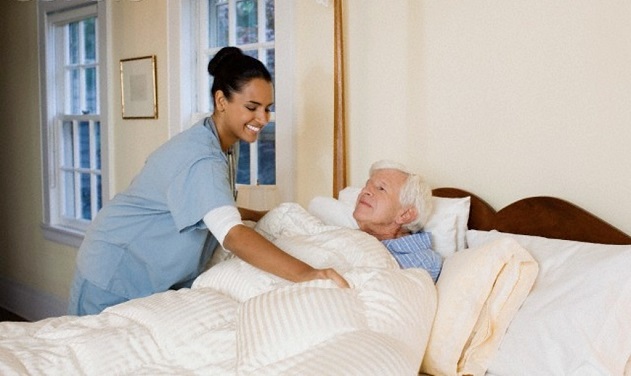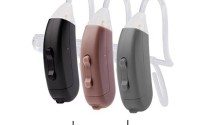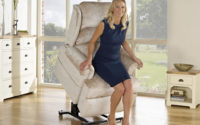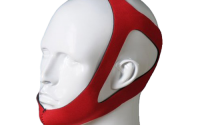The Ideal Ways to Prevent Pressure Ulcers with Bedridden Patients
As the saying goes, a healthy person has a thousand wishes, but a sick person has only one, that is to be healthy. Helping around at home with providing the care for your sick grandmother can surely make you often reflect on this thought, and realise how lucky you are not to be in her place. After mine had her strokes, we all felt relieved she made it through, but there was still the fact she got paralysed, and ended up being confined to her bed.
Many senior citizens meet the same fate, sharing it with people with disabilities, as well as people who sustain injuries and have to be in bed for some time. Along with feeling all sorts of compassionate feelings, sympathising with your loved one’s state and desperation, as a caregiver, you go through other challenges, such as taking care of hygiene, and the scary part – despite all the hygiene, deal with pressure ulcers (also known as bed sores). There is some comfort in knowing nowadays there’s help in the form of pressure care products.

Since the consequences of pressure ulcers can be serious, and deadly, developing in infections of the bones, sepsis, and even cancer, and worsening in the case of patients who’ve suffered strokes, like my grandmother, patients with diabetes, and low blood pressure, it’s important to do whatever one can to prevent them. First and foremost, by using pressure care products, from bed overlays, to specific mattresses, containing foam or gel.
Then, inspecting daily for signs of inflammation, particularly with bony areas, such as the elbows, heels, hips, shoulders, tailbone, and the buttock area, the back of the head, as well as the ears, and gently clean with warm water and mild soap, then dry out with soft cloth. It’s necessary to avoid dampness, and I found a way to have bedding on my side with this combat by opting for bamboo. It’s non-absorbent, wicks away moisture, and is hypoallergenic – the right ally.
Skin care with lotions is also required, and talcum powder on moisture developing areas like the armpits, and under breasts. It’s also essential to turn the person, changing their position every two hours, with the head flat on the bed, instead of at an elevated angle that’s bound to make the person sink into the mattress, getting more skin pressure.
Bedding has to be changed regularly, so as to avoid any bacteria development. Also, don’t forget to monitor the diet as well as the fluid intake, to ensure the patient is getting the proper hydration (needed for the skin’s health), and nutrients; a diet rich in protein and omega 3 is recommended. Remember, prevention is better than cure!



